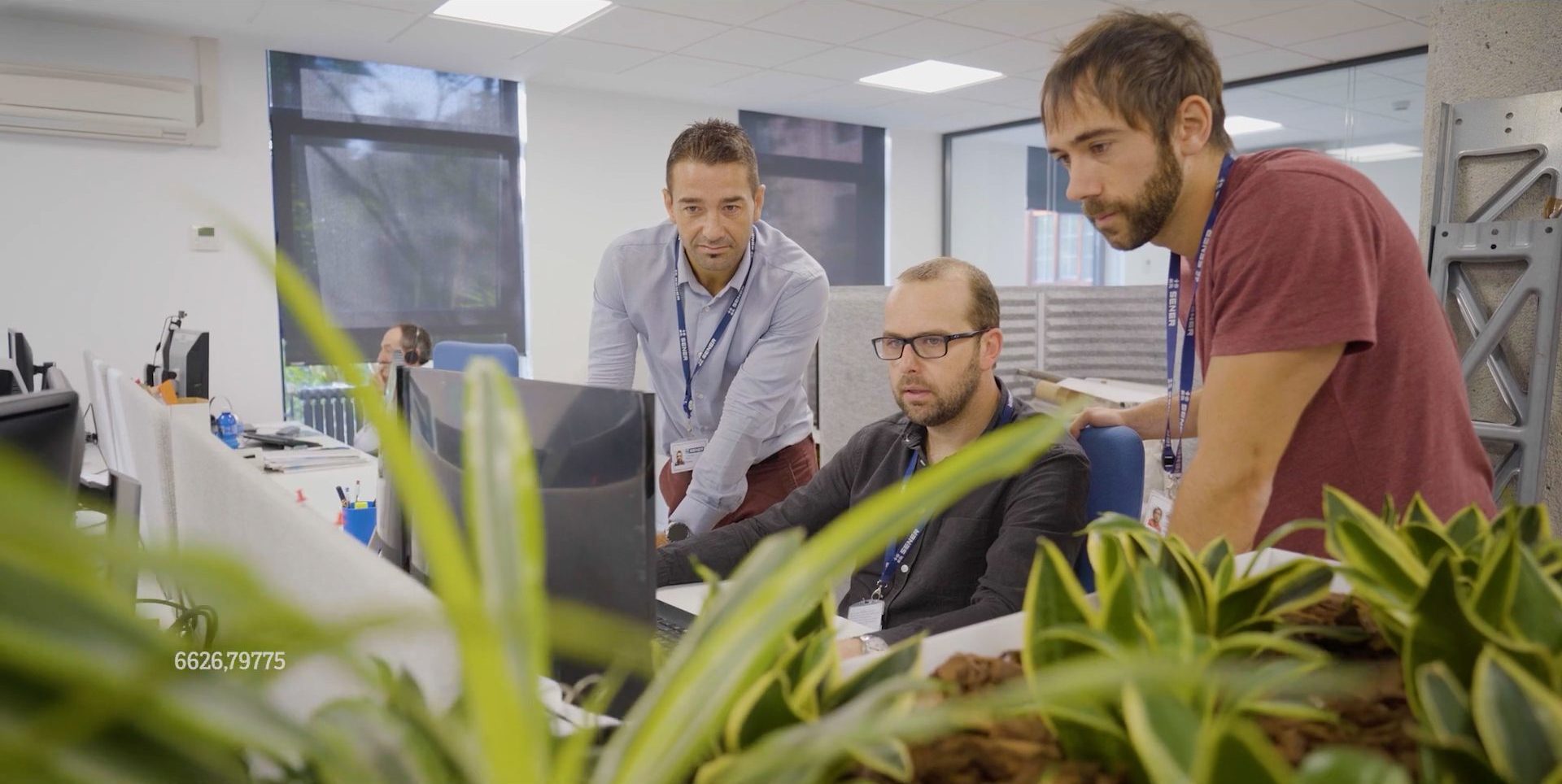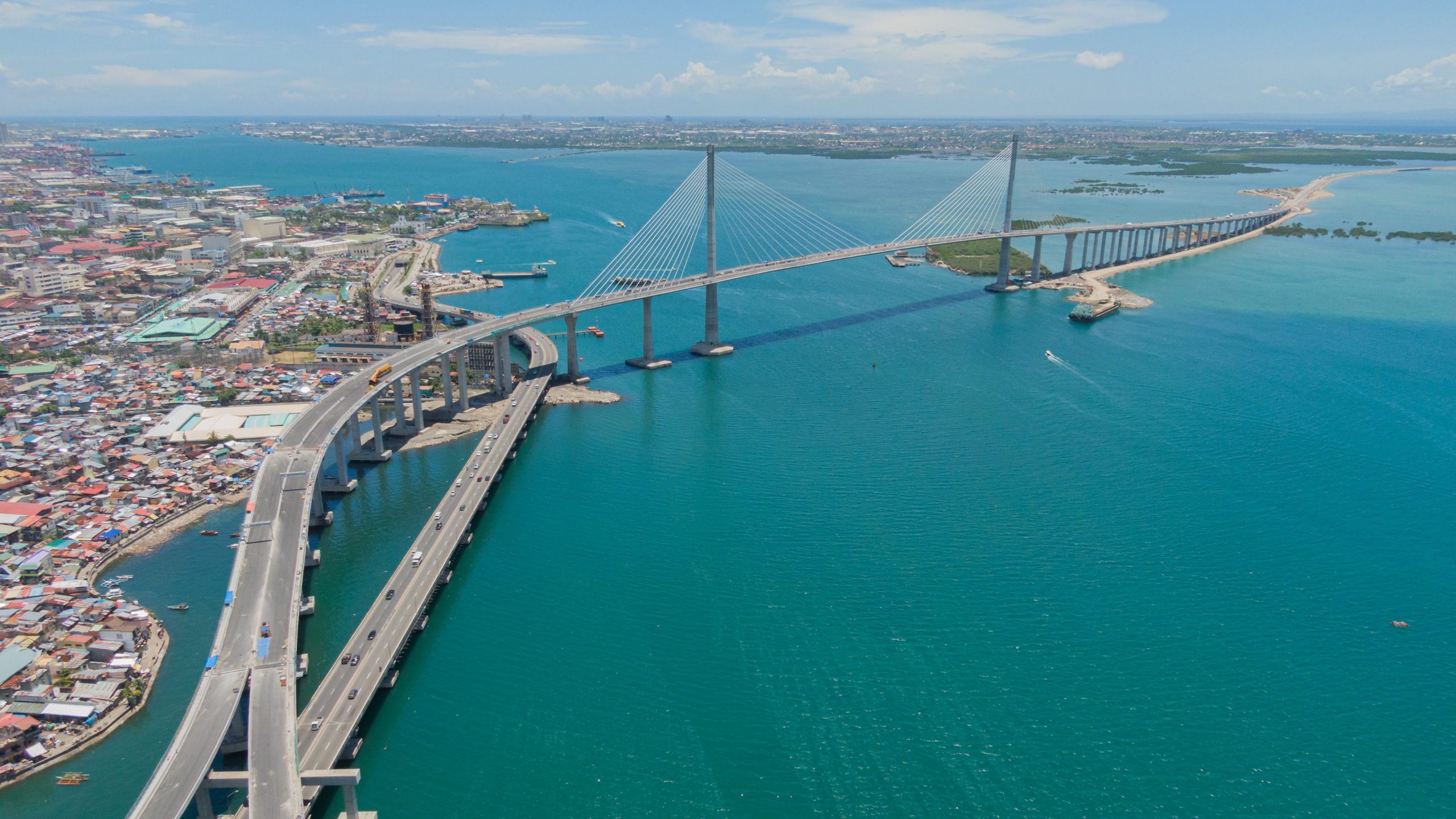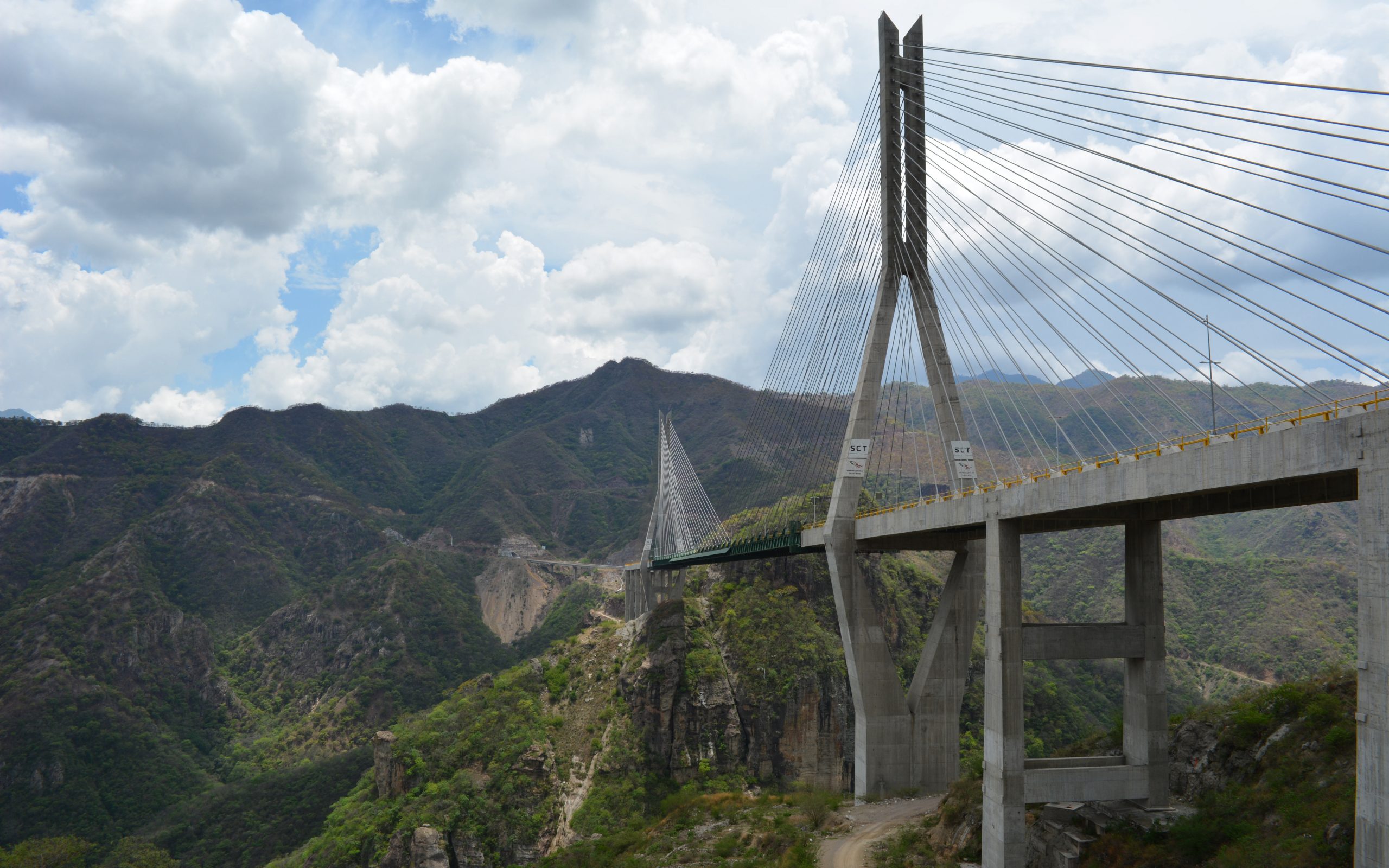







Engineering bridges that connect regions with safety, resilience and innovation
Bridges are essential elements of transportation networks, overcoming natural barriers and enabling safe, efficient connectivity. At Sener, we deliver comprehensive engineering services for bridges of all types — including viaducts, arch bridges, cable-stayed and suspension bridges — integrating civil engineering, structural design, geotechnics and digital tools. Our focus is on creating infrastructures that are technically robust, durable and aligned with environmental and social contexts.
We have contributed to projects in Spain, Portugal, Mexico, Colombia, Chile, Morocco, Qatar and India, covering road and rail viaducts, river crossings, urban flyovers and complex seismic zones.

Our multidisciplinary expertise combines structural engineering, materials science, construction methods and sustainability strategies. We design bridges that meet capacity, safety and lifecycle performance goals, adapting to topography, environment and operational demands.
From urban overpasses to long-span cable-stayed and suspension bridges, we deliver infrastructures that improve regional connectivity, urban integration and social development.
We manage projects across the full lifecycle: from planning and feasibility studies to detailed engineering, construction supervision, commissioning and operations support. Our methodology ensures bridges are optimized for constructability, safety and long-term performance.
We apply 3D modeling, BIM and digital twins to anticipate construction challenges, optimize materials and improve resilience, ensuring projects are efficient and safe from concept to operation.
Sener has engineered hundreds of bridges across Europe, Latin America, Africa and Asia, including road and rail viaducts, urban flyovers, river crossings and seismic-zone structures. By combining engineering precision, innovation and sustainability, we deliver bridges that connect regions, overcome barriers and stand the test of time.
We provide services that span feasibility studies, alignment design, structural analysis, foundation design, geotechnical studies and construction engineering. Our teams also deliver wind tunnel testing, seismic simulations, BIM integration and RAMS methodologies to ensure safe, reliable and long-lasting bridges.